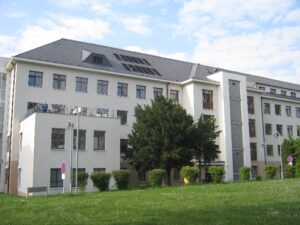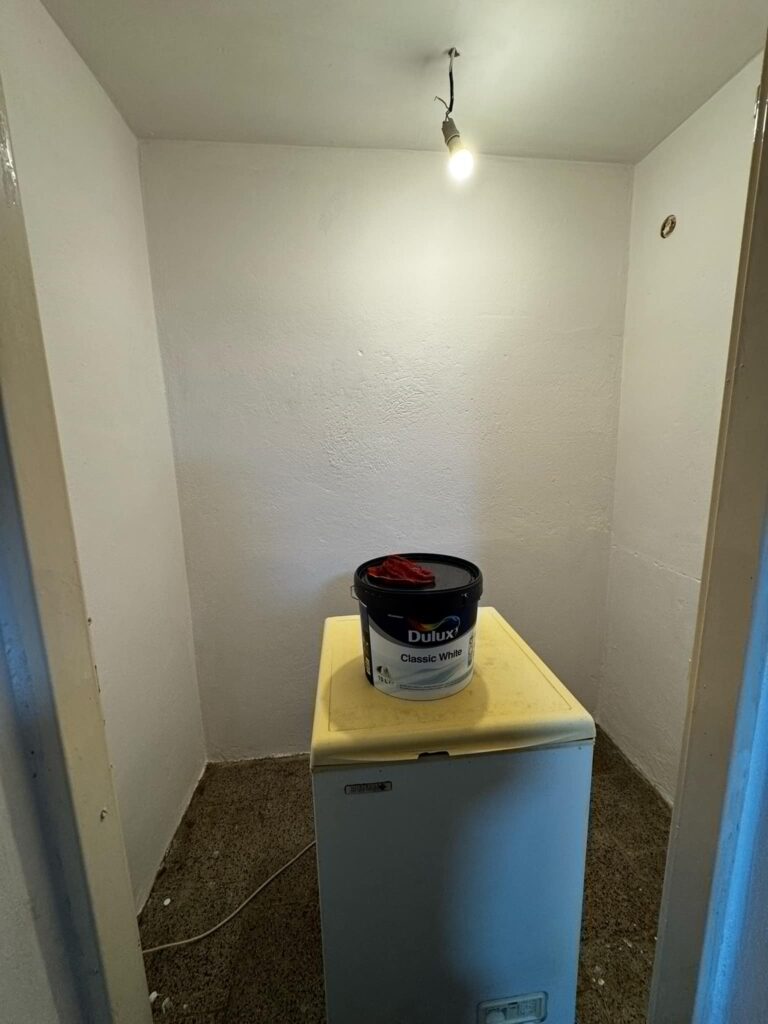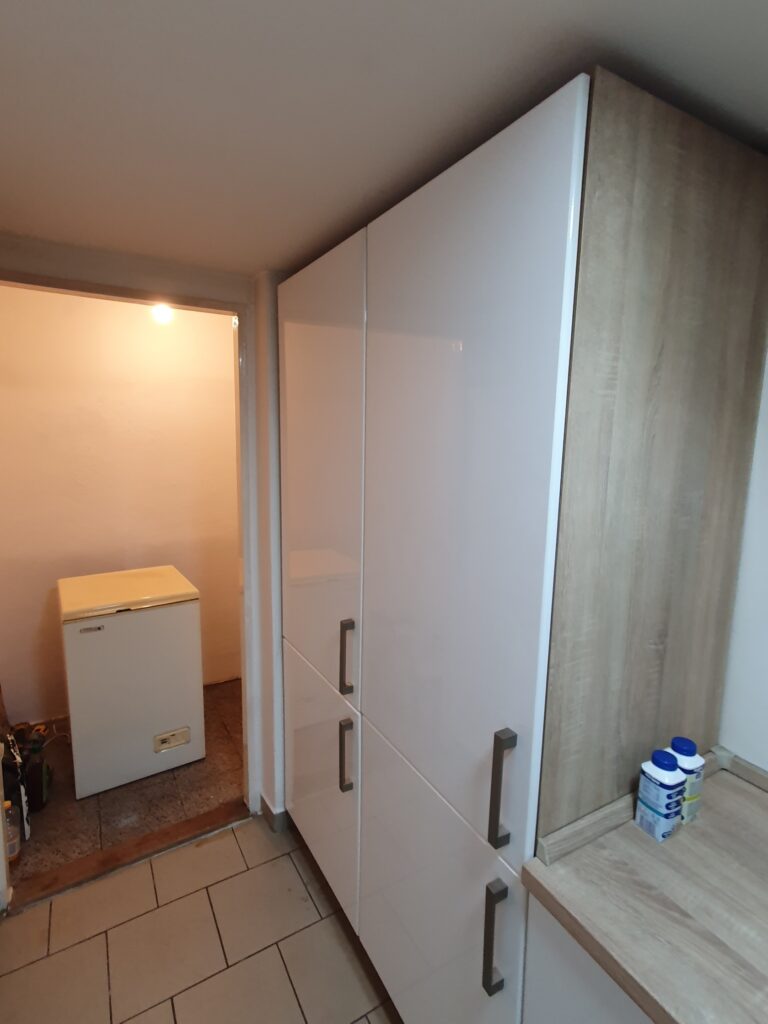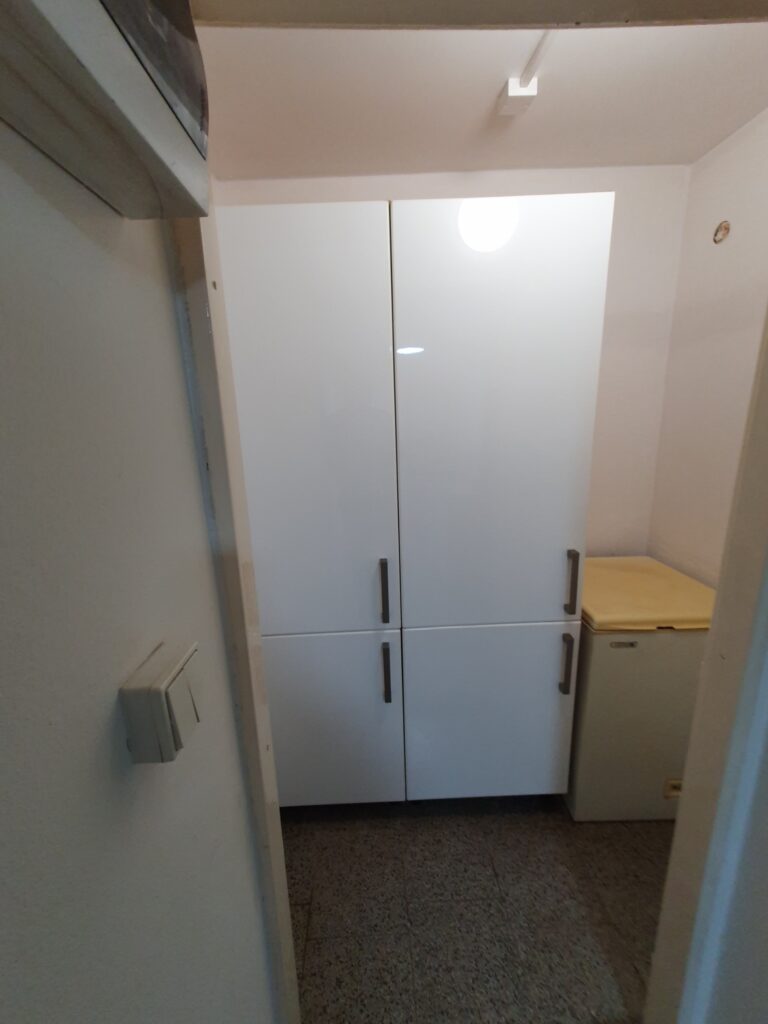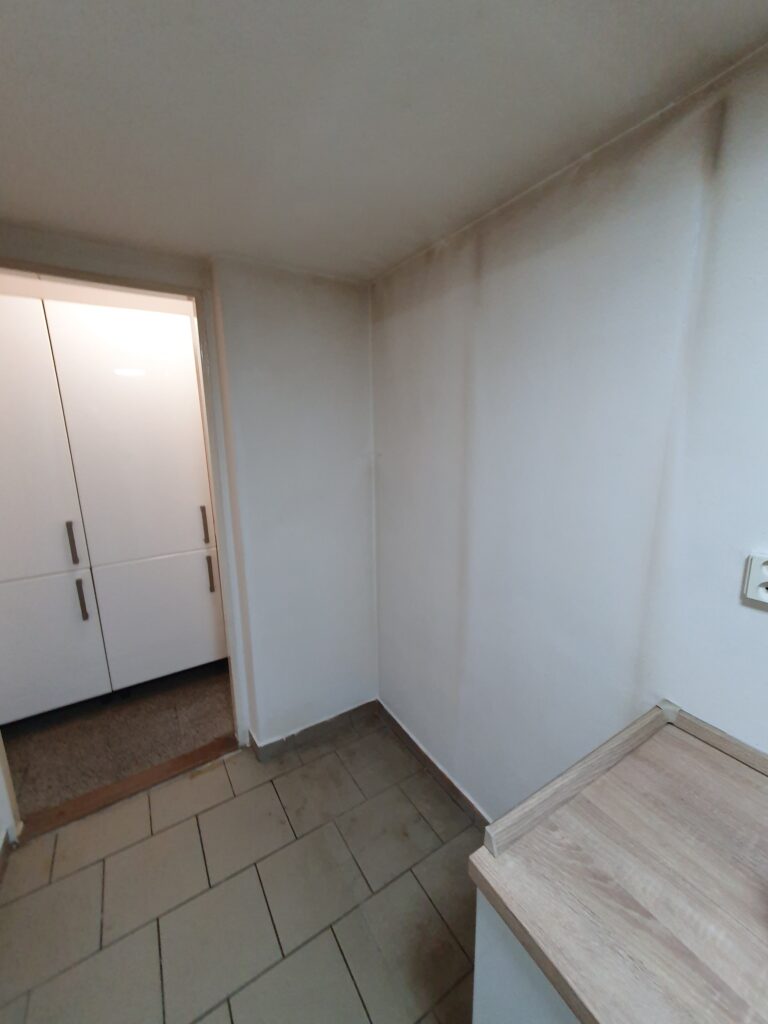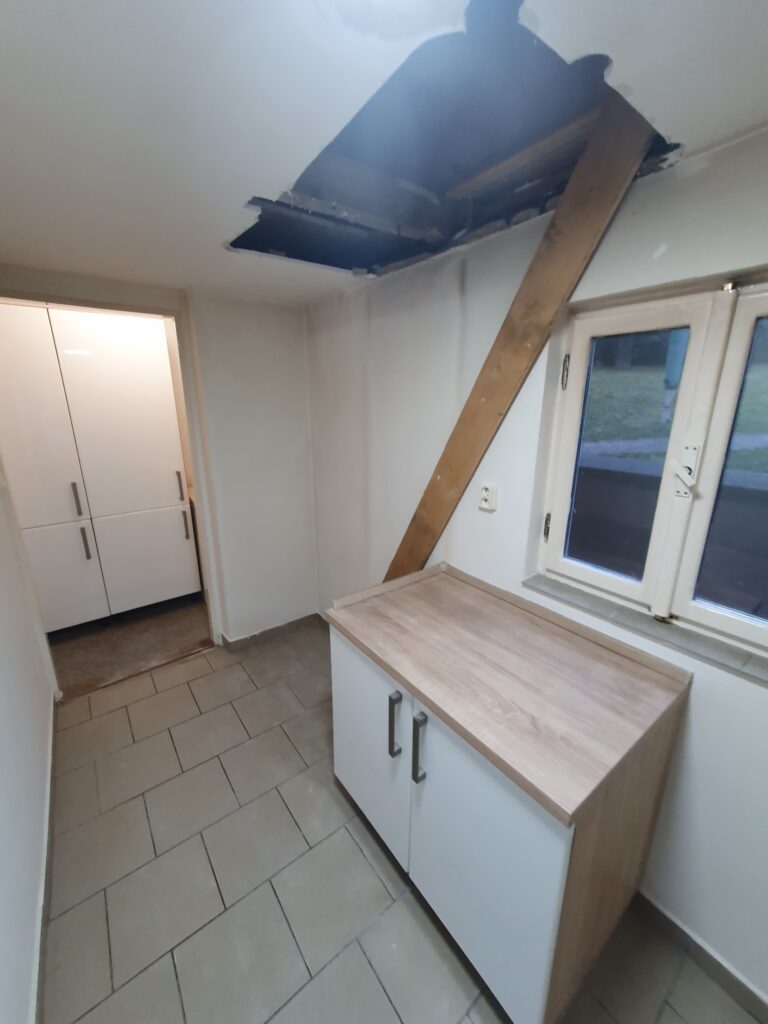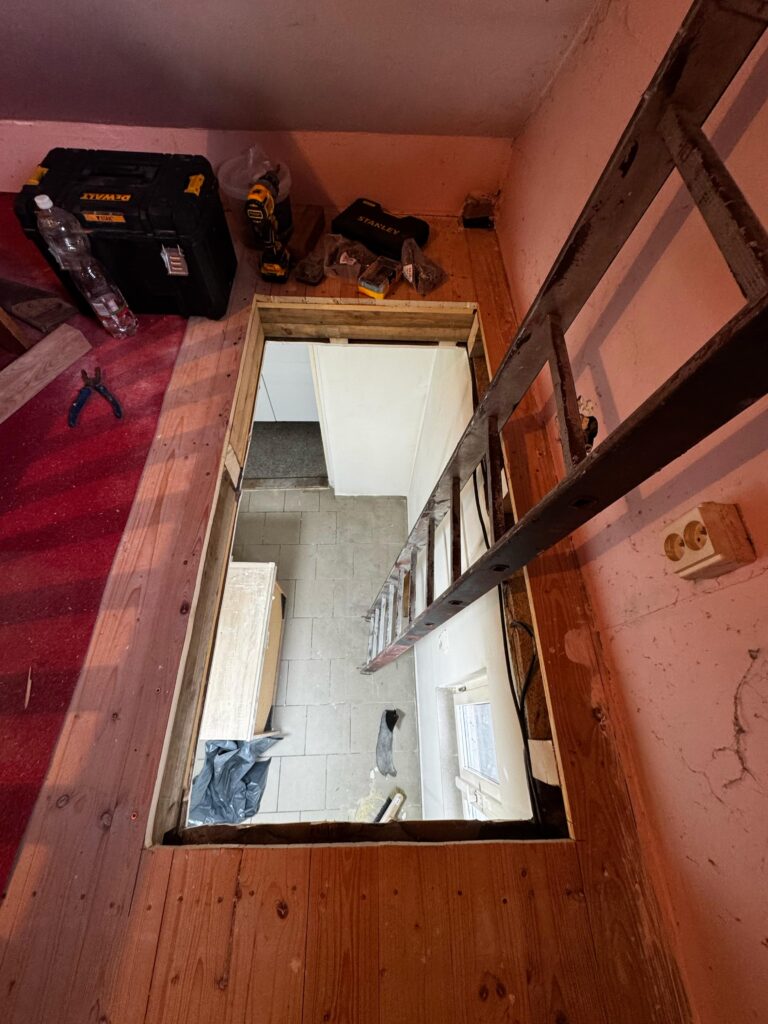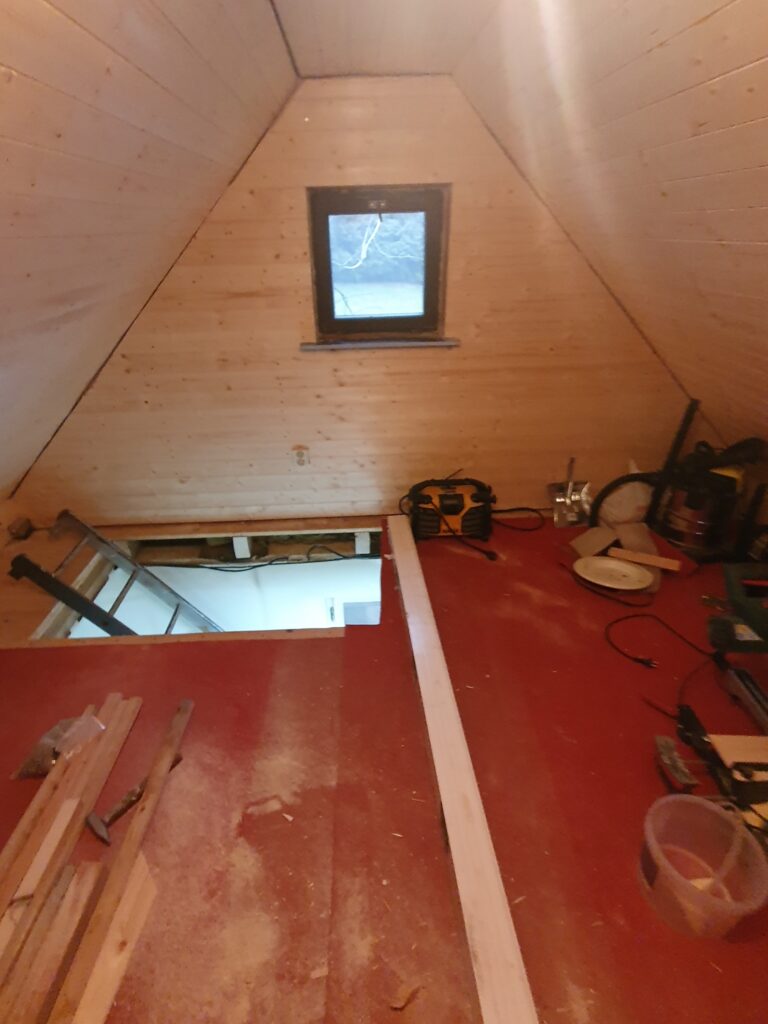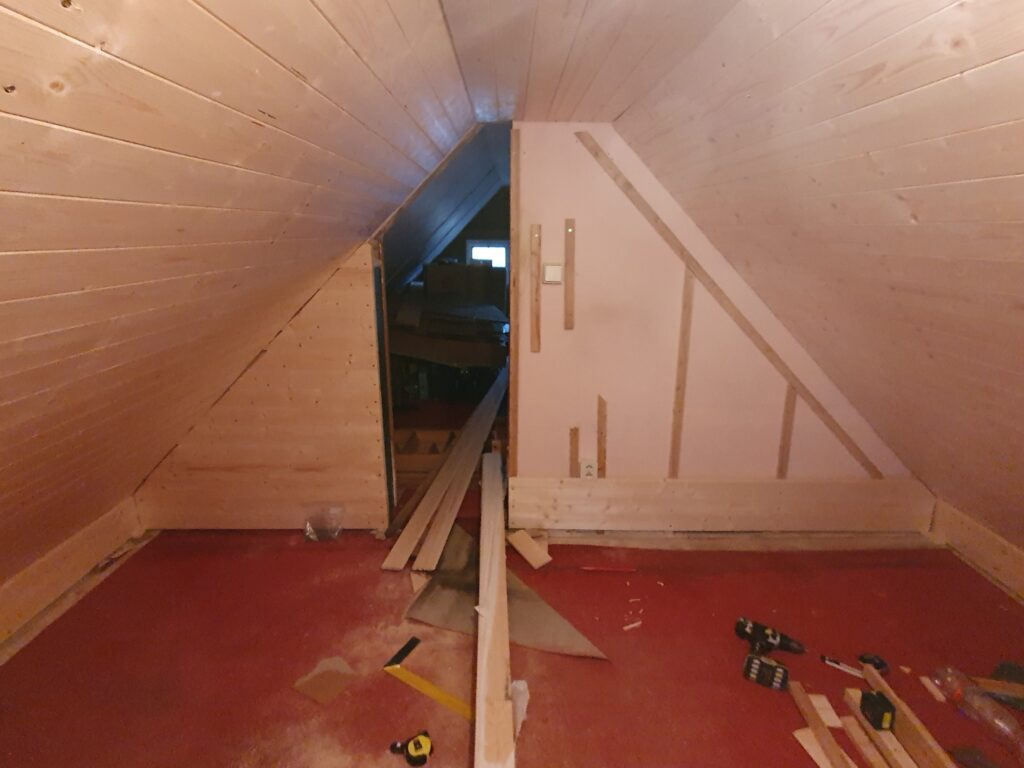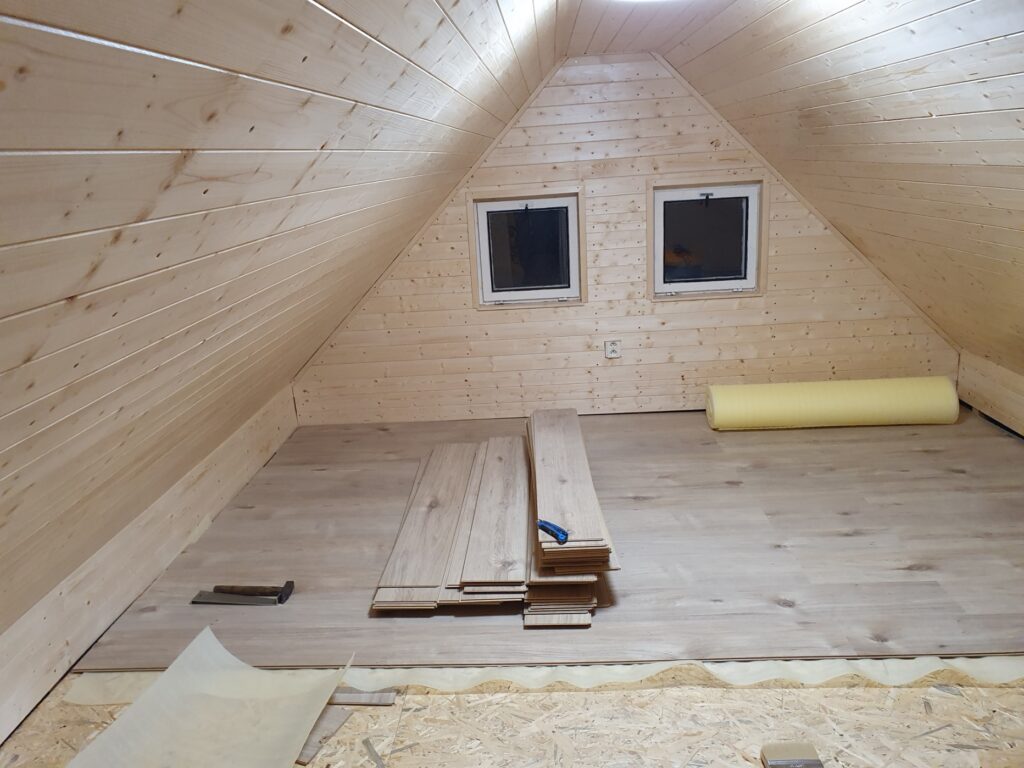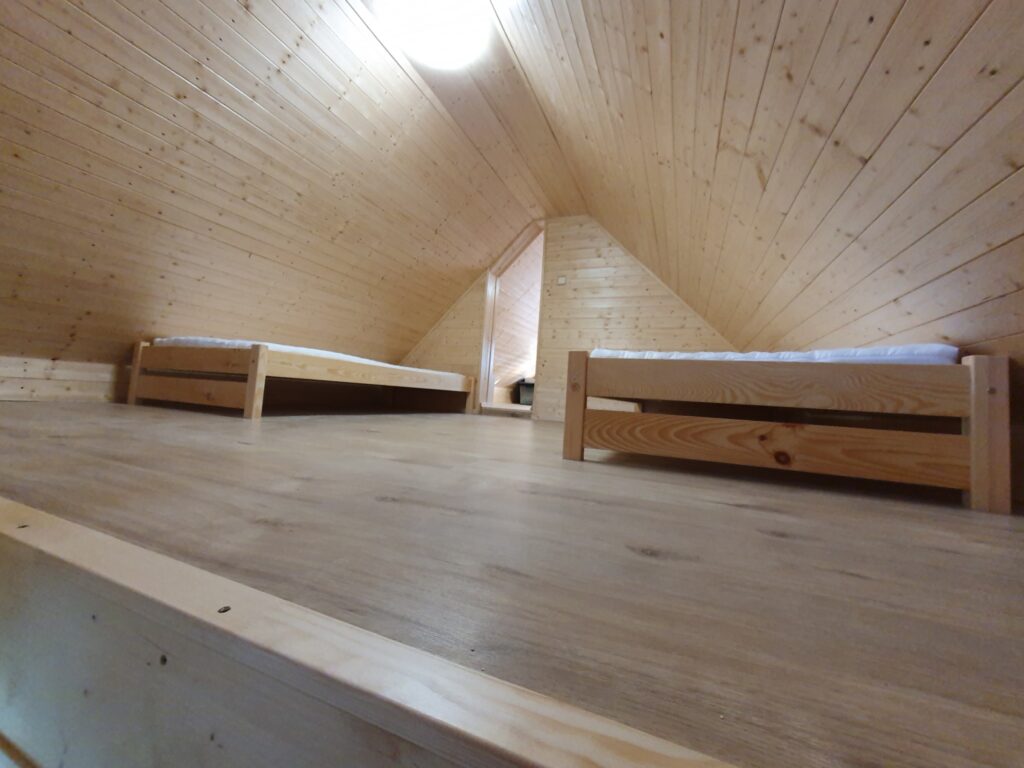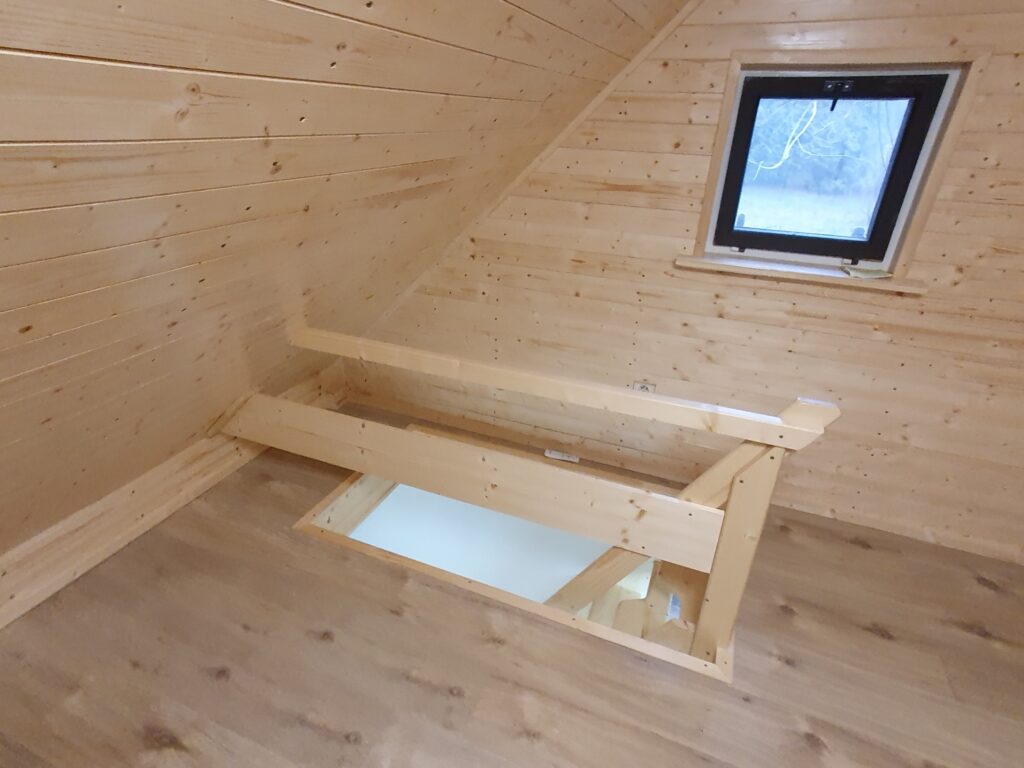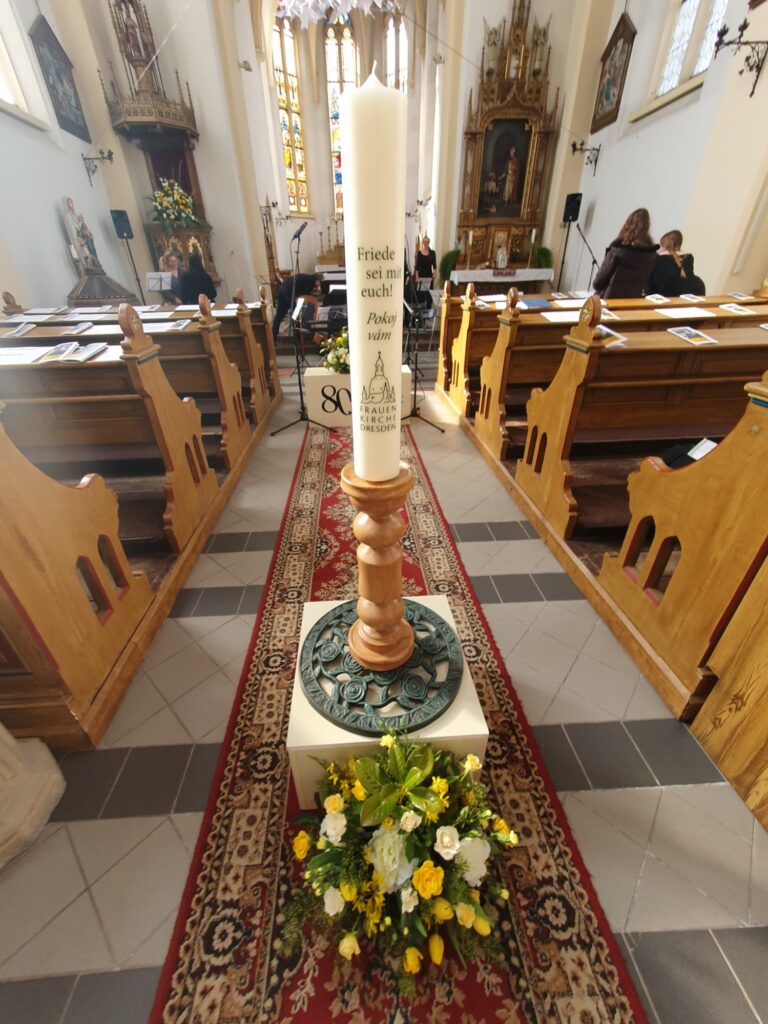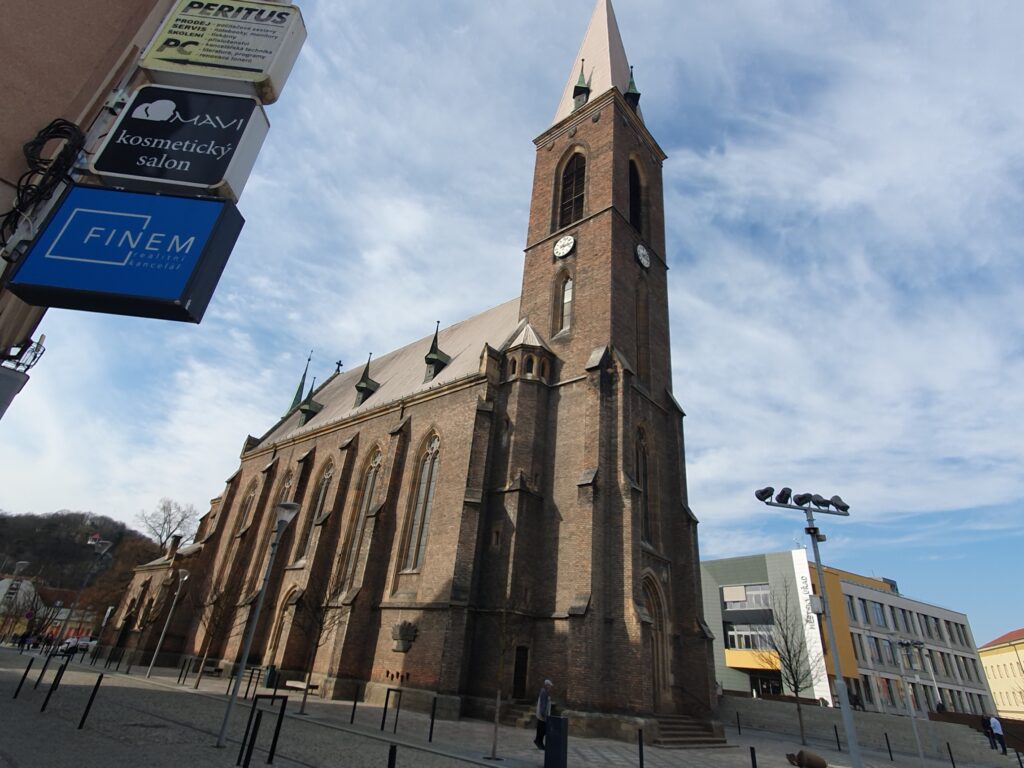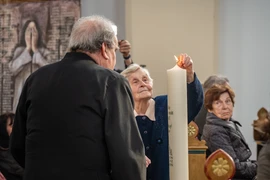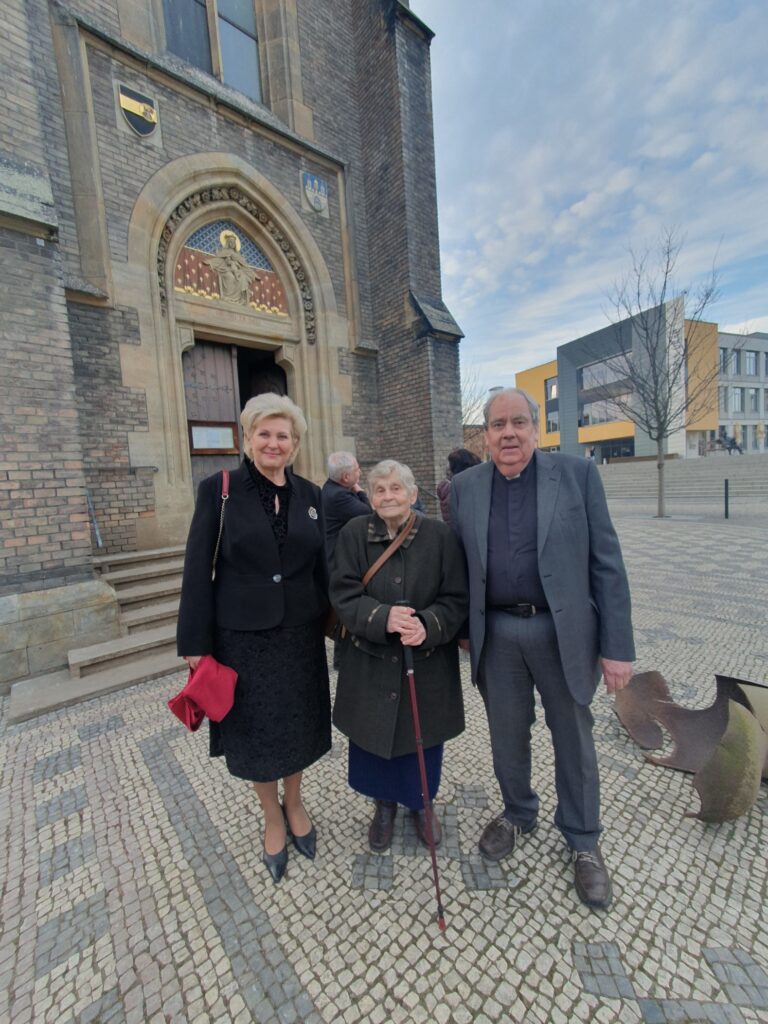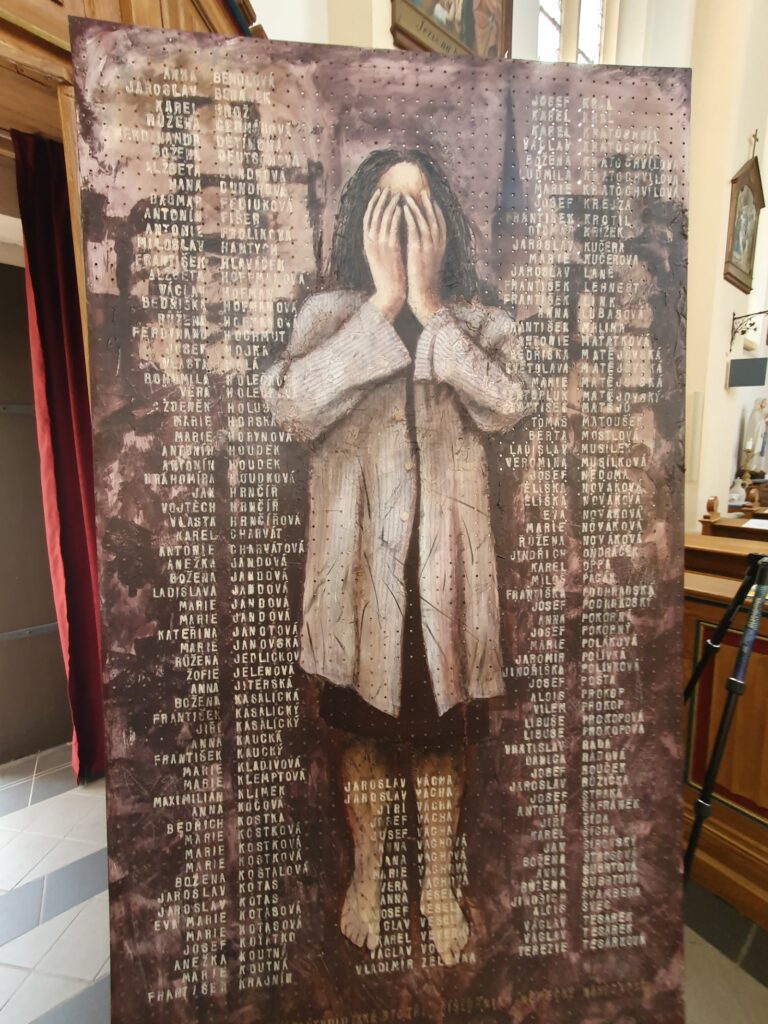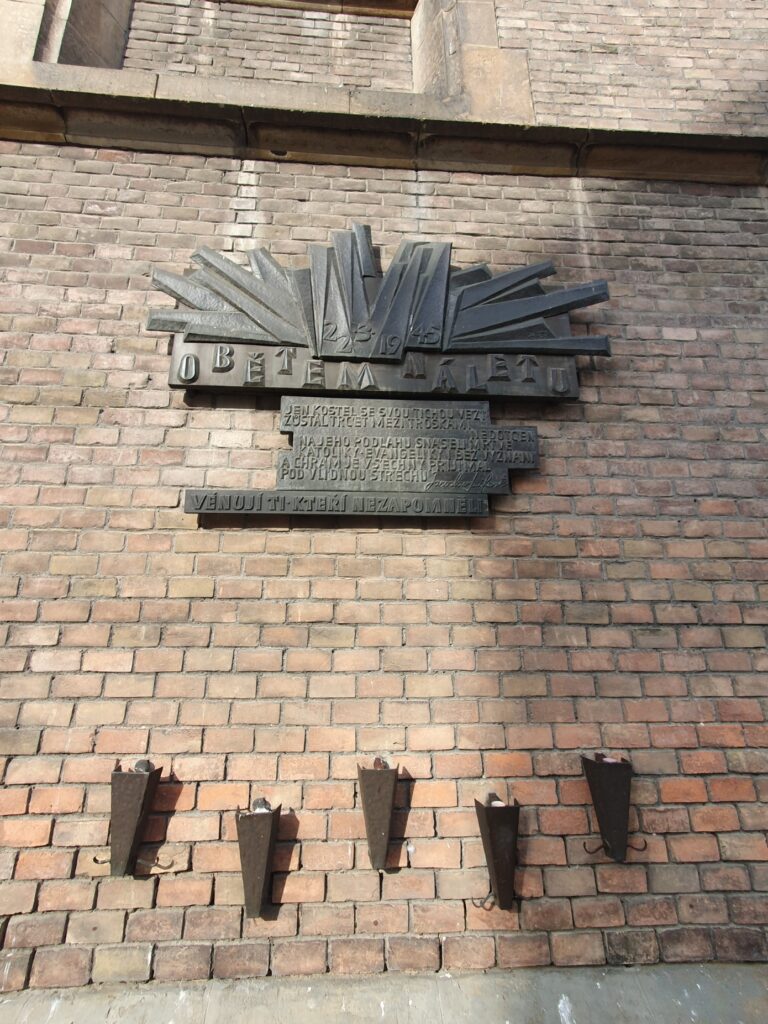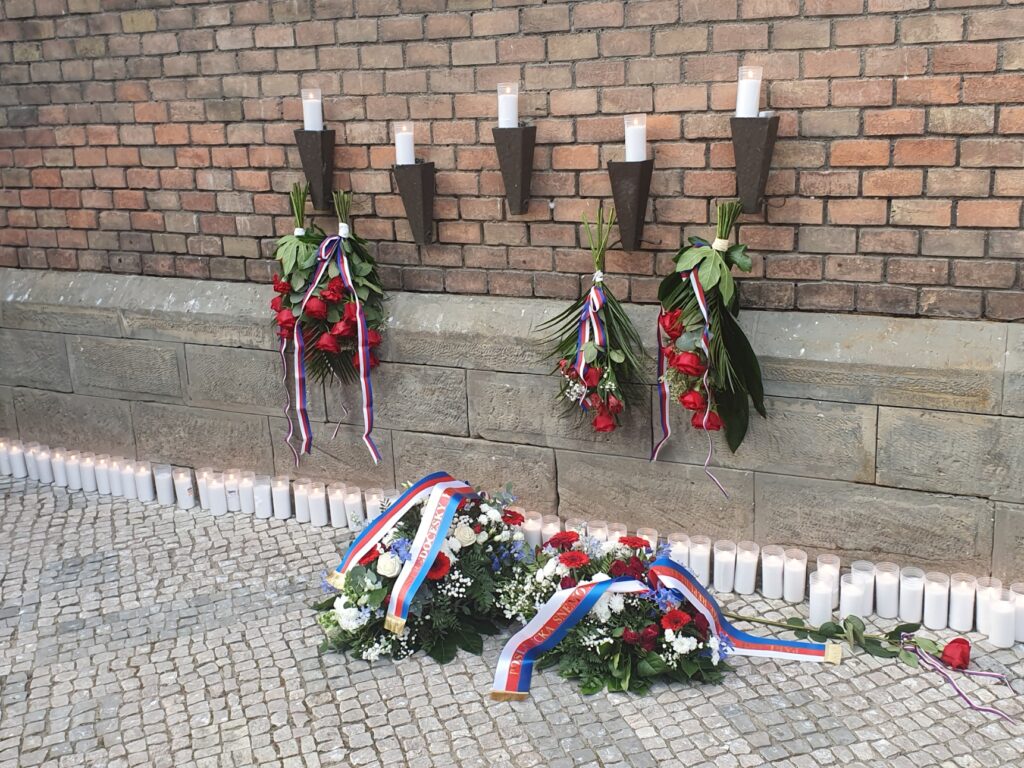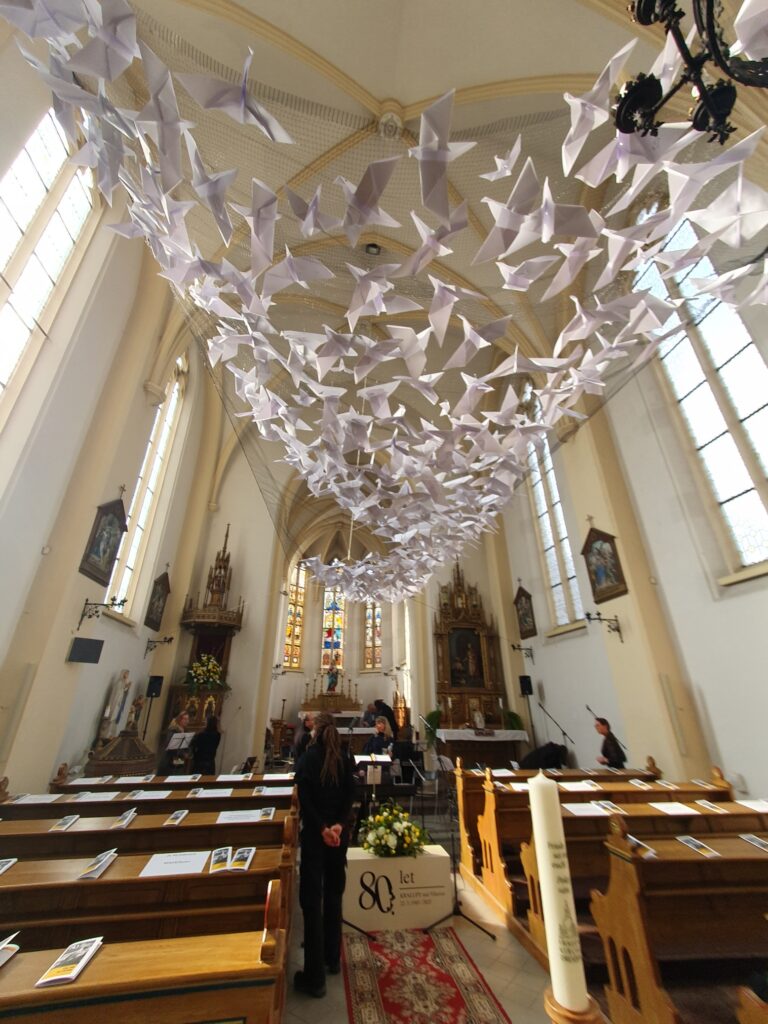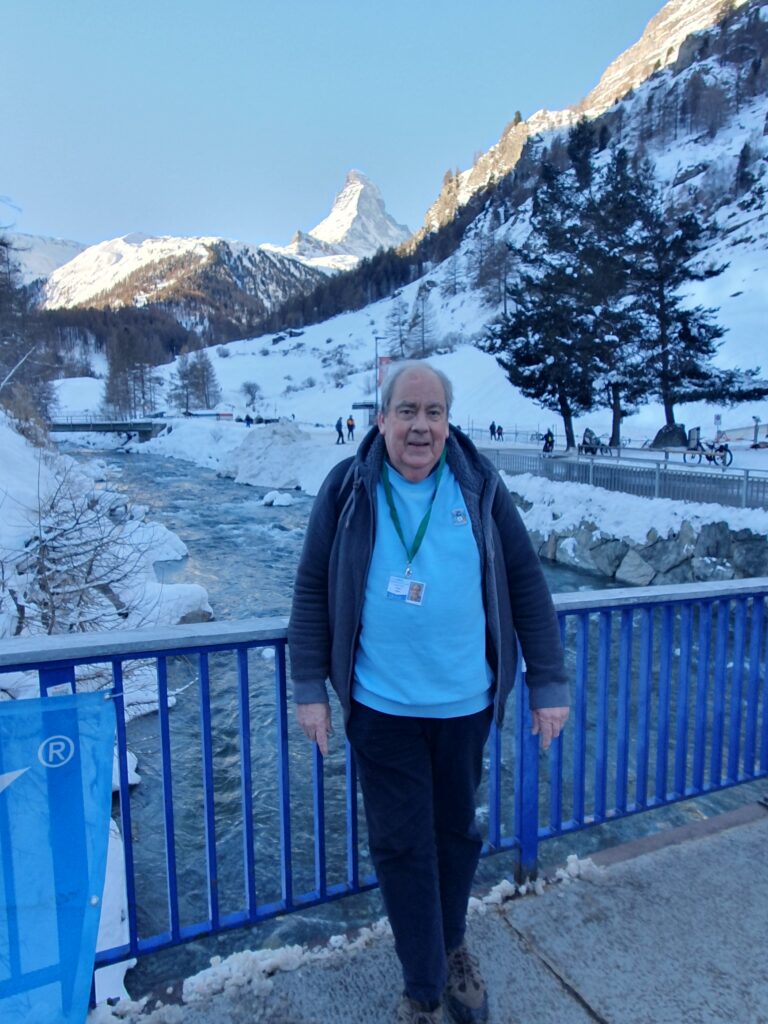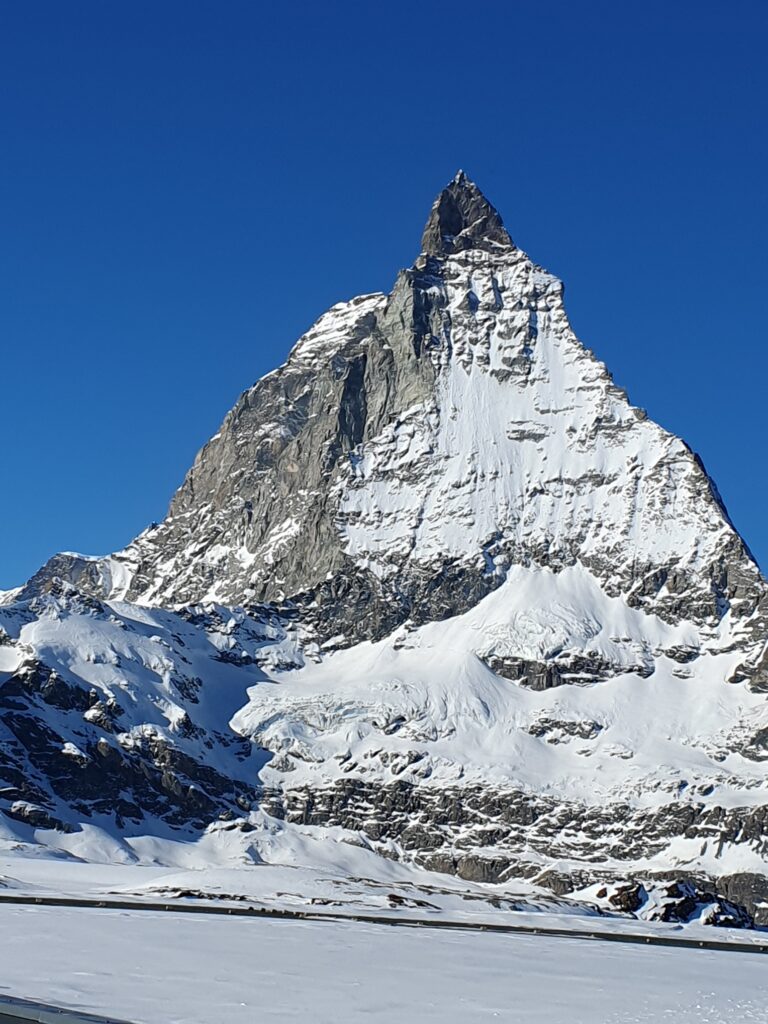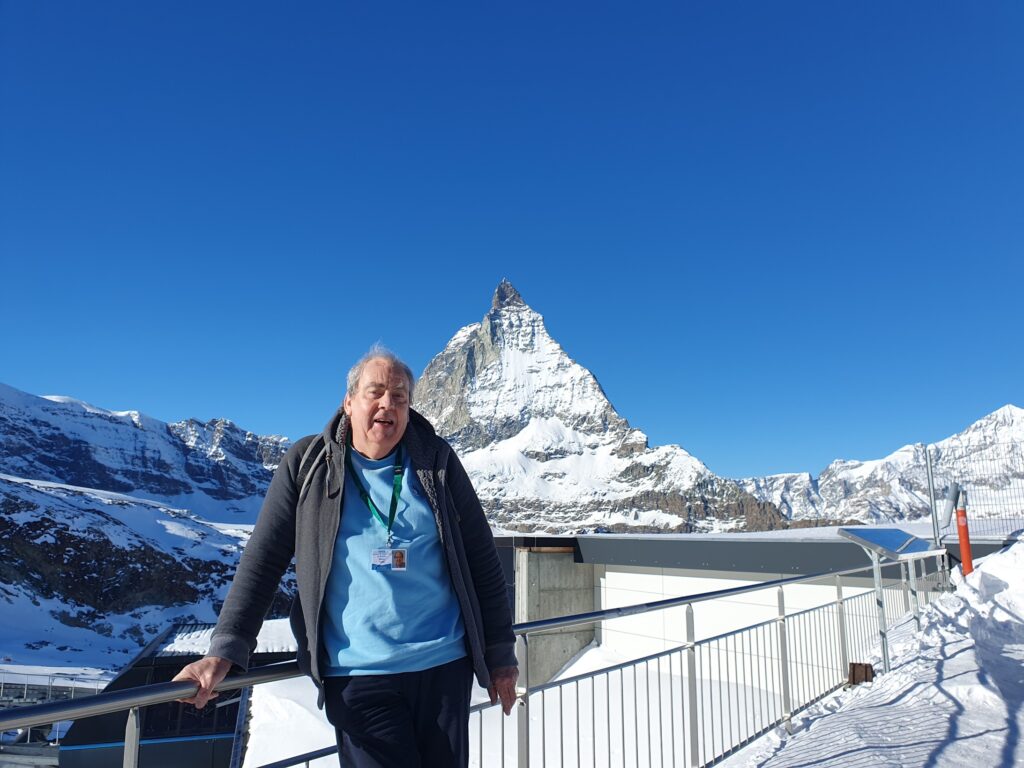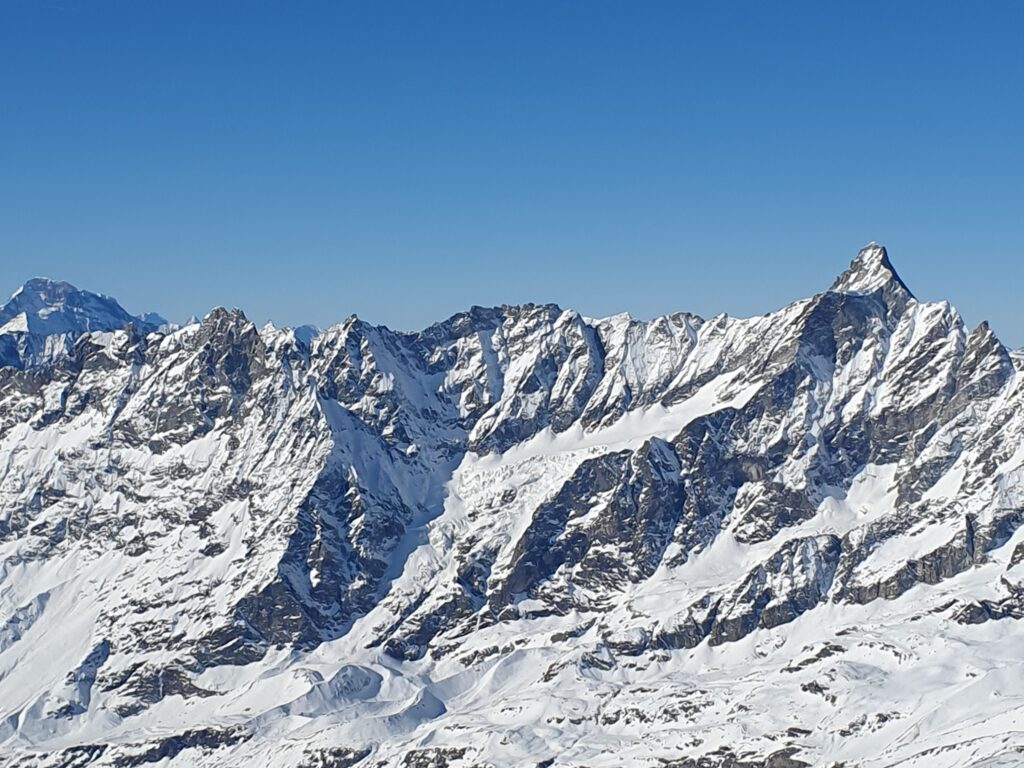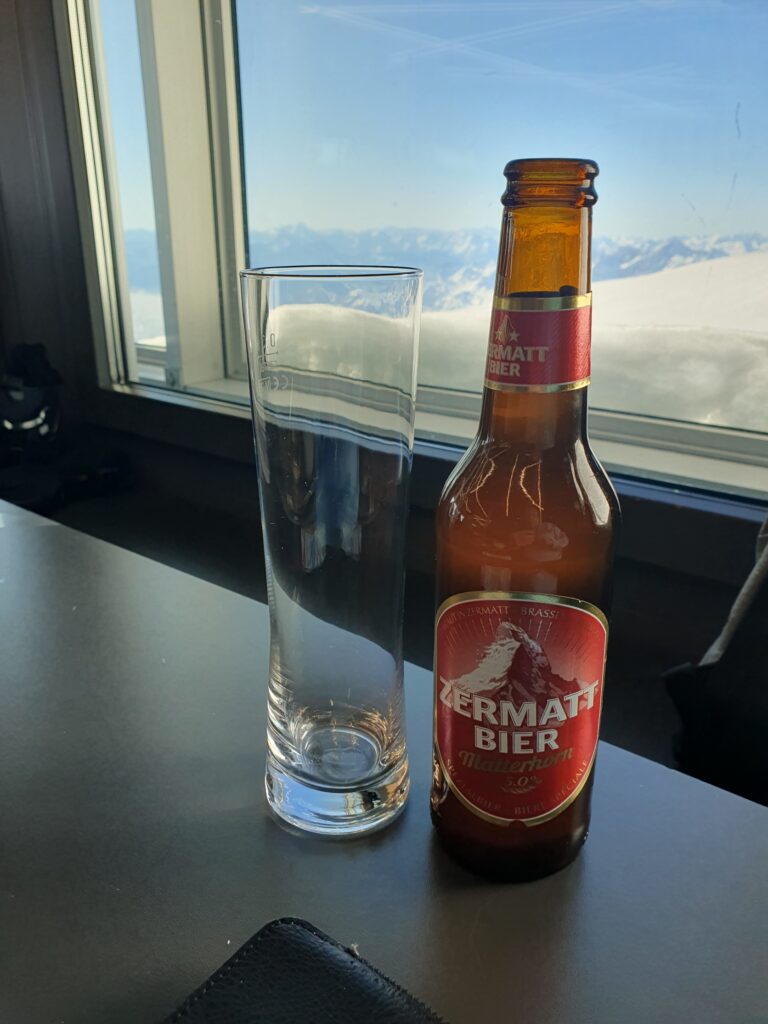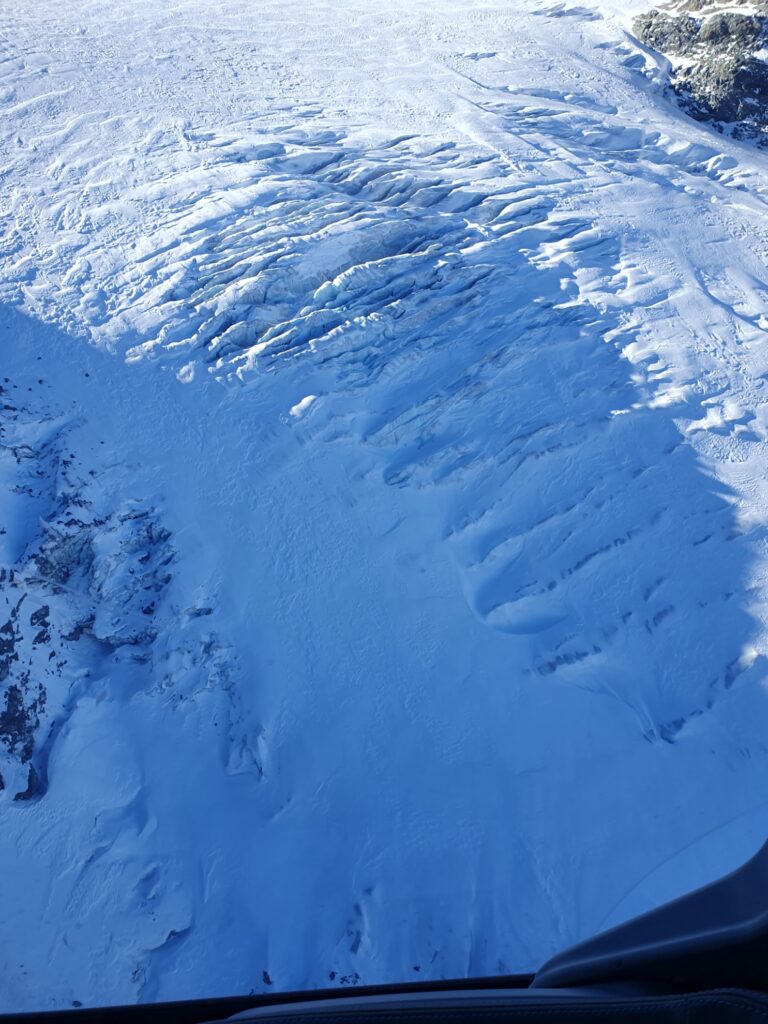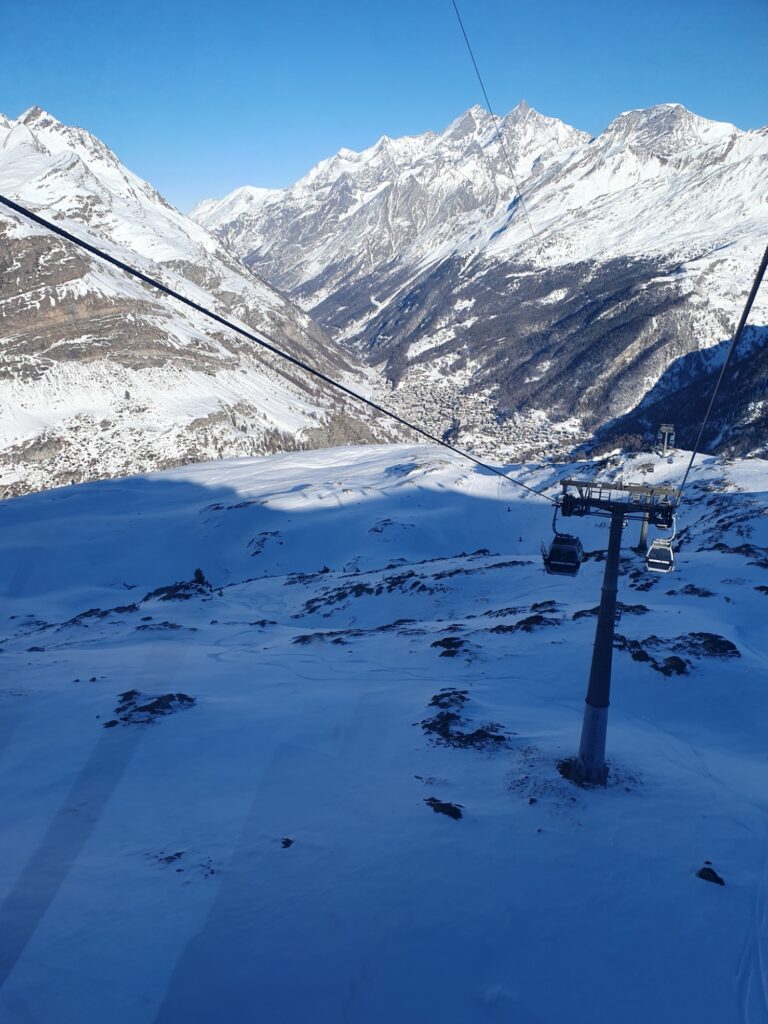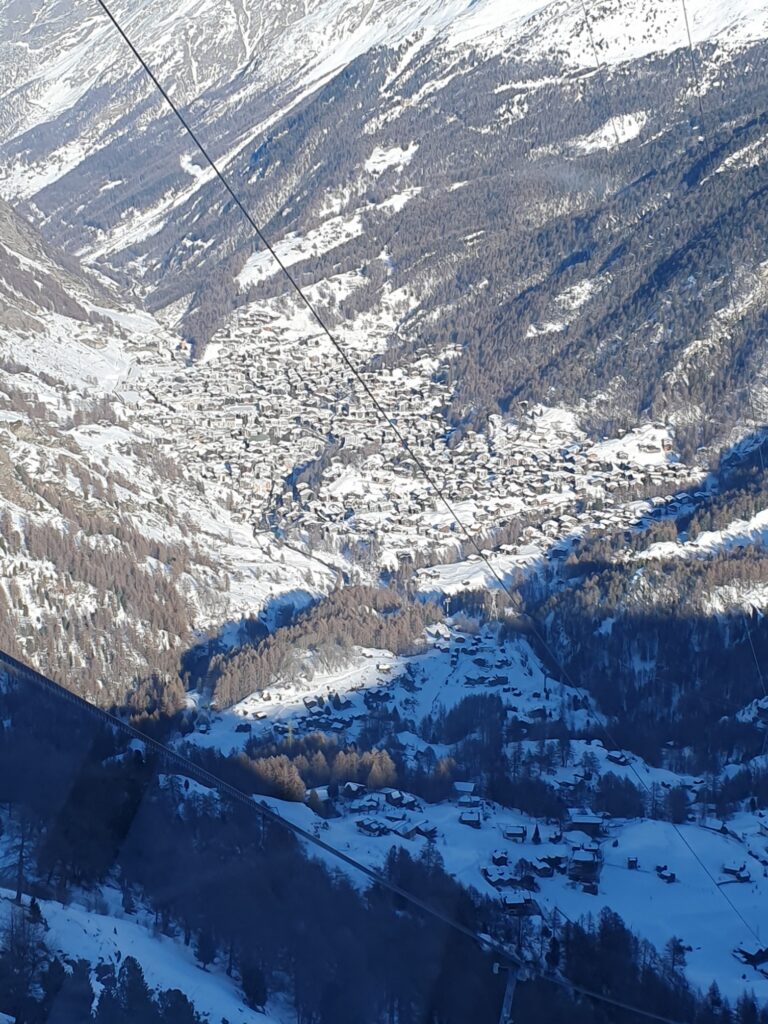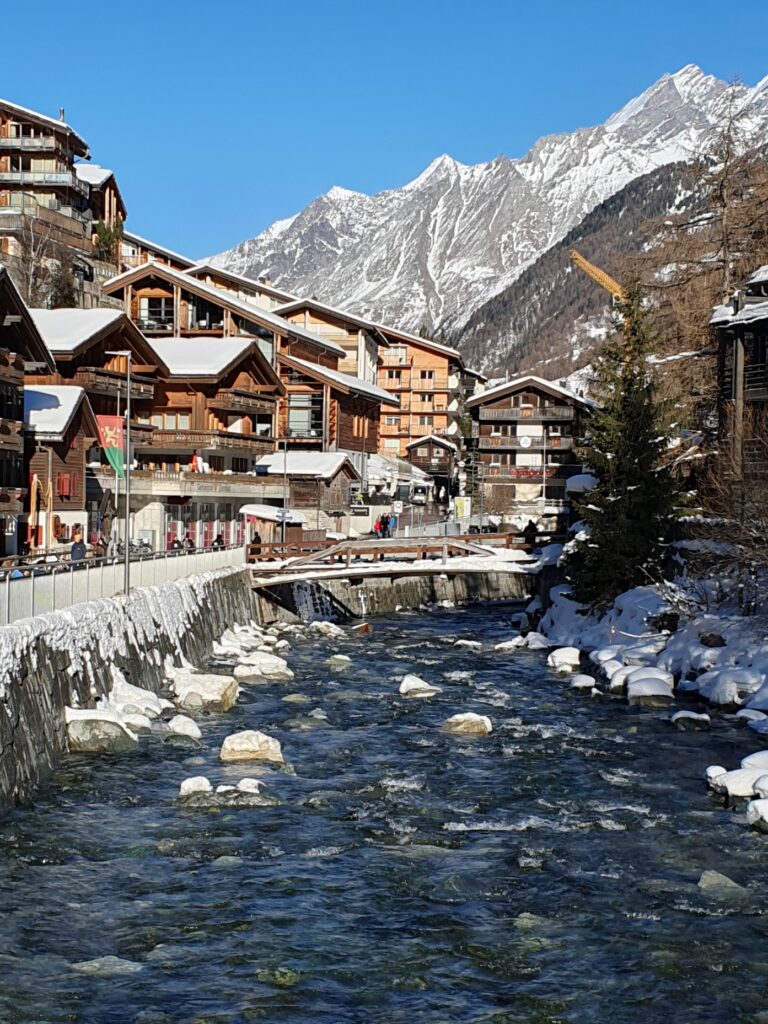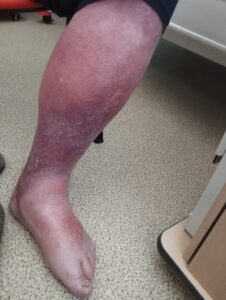
Between 02.00 and 11.00 on Saturday 16th August 2025, I seriously vomited five or six times. During that Saturday, the lower part of my left leg, together with my ankle and foot, became swollen, red and painful. At the time, I didn’t associate the two events.
I assumed the vomiting was because of something I’d eaten. And my left calf and foot are always slightly bigger than their opposite numbers on my right leg, ever since August 2015, when a deep vein thrombosis (DVT) escaped from there and became a pulmonary embolism in my lung, as described in this post.
After a day of resting and not sleeping very well that night, on Sunday morning I was still feeling quite unwell and also not very mobile. So I made the reluctant decision that I couldn’t officiate and preach at the Frauenkirche that evening, the first time I’ve ever had to cancel a service since I took up my Dresden responsibilities almost ten years ago. Thankfully, my friend and colleague Andrew Allen, stepped into the breech.
After another uncomfortable night and no improvement during Monday 18th, late that afternoon, I decided the time had come to go to my local hospital in Decín and seek medical help. Fortunately, I had a friend staying with me, my first guest in my renovated upstairs rooms. We were unable to get a taxi and so Libor, husband of Sona, the boss of Restaurace U Soni, kindly drove us to the hospital.
At the hospital, I was seen by a nurse and had some blood samples taken. Then I saw the duty doctor who told me that I needed to be admitted to hospital that evening, in order for the infection in my leg to be treated with antibiotics and pain killers, fed intravenously. The doctor fortunately, had some English and used Google translate on his phone when he became unstuck. My friend got back to my house by taxi and the following day came to the hospital by bus, bringing me clothes, pyjamas, toiletries etc.
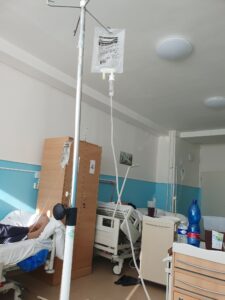
I took this photo from my bed whilst receiving antibiotics intravenously. It gives you an idea of the four-bedded ward where I spent three nights. Every morning, the doctor came around to see each of the patients. He only spoke to me in Czech, most of which I didn’t understand. He didn’t seem to have a word of English. Fortunately, a couple of the nurses spoke fluent English, the one who got me to fill out my consent forms was particularly helpful. Czech hospital food was as unappetising as I remember it being ten years previously in Vojenská nemocnice in Prague 🙁
On the morning of Thursday 21st August, the doctor told me that I was being discharged and could go home. That was one bit of his Czech that I did understand 😉 I was presented with four prescriptions, (two for further antibiotics, one for anti-inflammatory tablets and one for pain relief), and a two-page report about me and my time in hospital, obviously all in Czech. But from the report, I finally found out what I had been diagnosed with – Erysipelas.
Erysipelas, historically known as St Anthony’s Fire, is a bacterial infection of the skin and the lymphatic system. Its origin is the bacterium Streptococcus pyogenes, almost certainly caused by an insect bite. When I wrote this on Facebook, along with the photo of my leg at the beginning of this post, a friend commented that, ‘It’s amazing the damage a little critter can do’, a sentiment with which I completely agree and why I have chosen it as the title for this blog post. One of the symptoms of being infected with Streptococcus pyogenesis, is vomiting. The two events of the morning of Saturday 16th August were connected.
Whilst I’ve now lived in Stará Oleška for over eight years, I’ve remained registered with the GP practice, Young & Co, in Prague. This is for a number of reasons. They have looked after me brilliantly since my pulmonary embolism in August 2015. All the doctors have to be able to speak English. And going on a train trip to Prague once every six weeks to have my INR,(the level of thinness of my blood), checked, makes for a nice day out.
But having to travel there with a badly swollen leg, has been a little more difficult. So far I’ve been for five follow up visits, the first on Monday 25th August, the most recent on Thursday 25th September. Both my regular GP, Dr Josef Stonawski, and the boss of the practice, Dr Adriana Youngová, have been very helpful and supportive. Whilst the infection has been dealt with and I no longer have pain or numbness in my left leg, it is still swollen. Dr Youngová told me that I will probably have to take the anti-inflammatory tablets for up to three months which means I have another five weeks to go.
The other problem that has caused me to make frequent visits is that the antibiotics have totally upset my INR – a well-known problem. My INR is meant to be between 2.0 and 3.0. On 25th August it was 4.2. Having reduced my Warfarin intake, on 2nd September it was 1.6. on my last visit it was 2.9, just within range, but still rather high. And this has caused me further problems.
On my last visit to my GP practice, on the morning of Thursday 25th September, I had an appointment in the afternoon with my dermatologist, at Vojenská nemocnice. This was to investigate a scabby lump, near the bottom of my problematic left leg. Is it a Basel Cell Carcinoma to be treated with liquid nitrogen? Or is it a leg ulcer requiring different treatment? But to extract a small sample for testing would involve an incision in my leg and with my INR being 2.9, my dermatologist is afraid I will bleed too much.
As a result, tomorrow morning I am being admitted to Vojenská nemocnice for four or five days, whilst my INR is reduced and closely monitored and then appropriate treatment will follow. It will be a very early start to catch the 05.40 bus from the village, to then catch the 06.25 train from Decín to Prague, in order to reach the hospital by 09.00. So I’m off to bed as soon as I’ve successfully posted this text.
